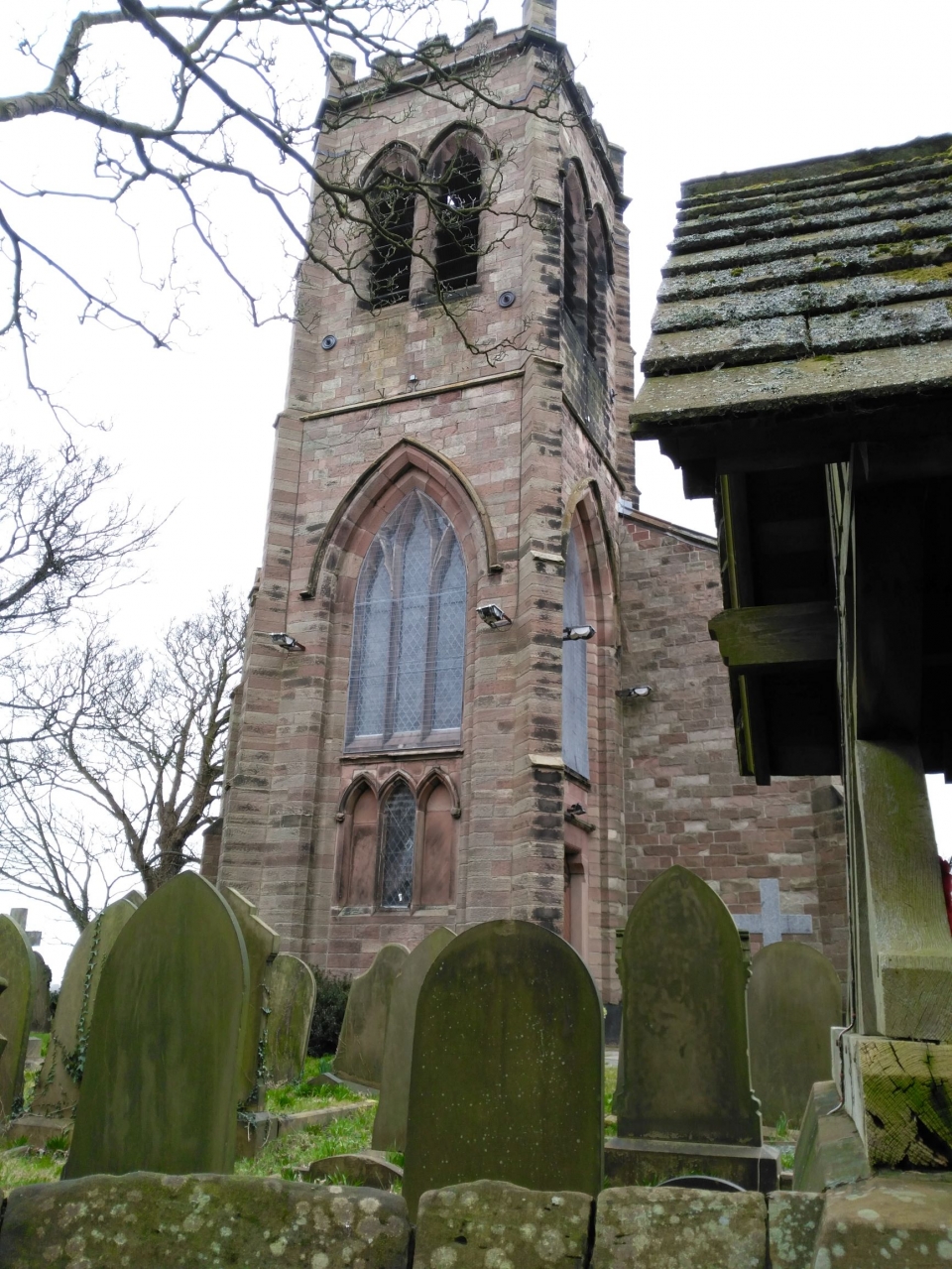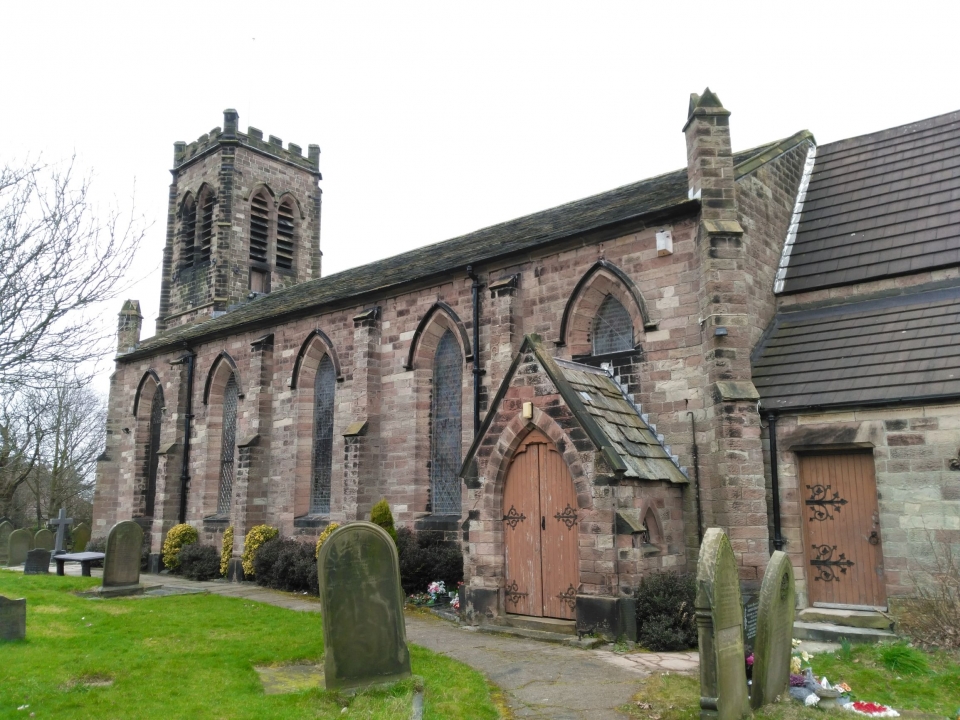This Spring I made a brief visit to Melling to see the church of St Thomas and the Holy Rood, architect John Whiteside Casson. Sharples credits Casson with Sudley House (its owner, National Galleries & Museums on Merseyside, is not entirely convinced) and, early in his career, Gladstone's house on Rodney Street. I reckon he either designed or inspired Liverpool Crown Street station, the first and, for some, archetypal railway terminus. Quentin Hughes called Sudley "a strange austere classical building" whereas I find it simple, refined and surprisingly modern. So how would I respond to the unequivocally Casson-designed church of St Thomas (and bearing in mind I saw the exterior only)?

Well, my first thoughts were entirely positive and that, if Casson was going to design a church in 1834/5 (sources differ), this is how he would have done it. It is built from local stone probably mined from a quarry called the Delph just across the road. Huge windows, especially on the tower, ensuring the inside is as well illuminated as the prevailing light permits. Not much by way of ornament besides some blind windows, crenellations on the tower and repeated use of bold, almost ironic, drop-ended hood moulds. Everything seems to me beautifully proportioned, perfectly balanced but perhaps a little less reserved than Sudley and Crown Street. It's a pity Hughes never made the comparison. Pevsner merely remarks that it is a Commissioners' style church so basic, designed to a tight budget and, the only additional epithet, "tiny". As a complete idiot in such matters, I shrug and think maybe it benefits from Casson's years of designing subtly distinguished country houses for the gentry.

Side-on we get the full impact of the windows and hood moulds. Hood moulds were a staple of gatehouses on the estates of the landed gentry and by extension railway gatekeepers' cottages and the wayside stations that evolved from them.

Completely different window design to Sudley and gently pitched to collect light for as long as possible across the day. Someone else who appears to have liked hood moulds is railway director and banker John Moss; they figure prominently on Otterspool House, his residence on the banks of the River Mersey.

As at Sudley, there are later additions but perhaps they are a little more sympathetic than at Sudley.

And the doorframe shows signs of being adjusted downwards. I suspect Crown Street and Sudley both had immense entrance doors, Sudley's being similarly downsized. Impressive but not very practical.
Conclusions?
The church at Melling is Grade II listed and a full description is available if you wish to go beyond my untutored eye. I am obviously an enthusiast for Casson's understated style of architecture so find the church very pleasing and entirely consistent with his efforts at Sudley House.